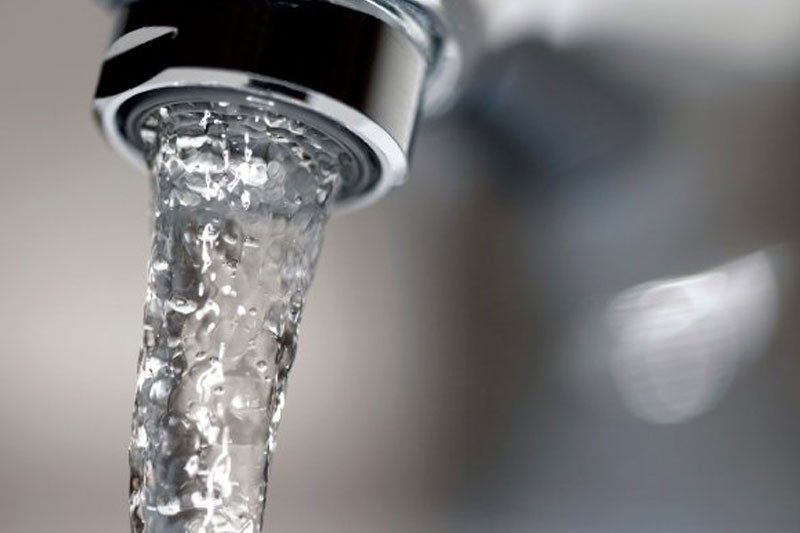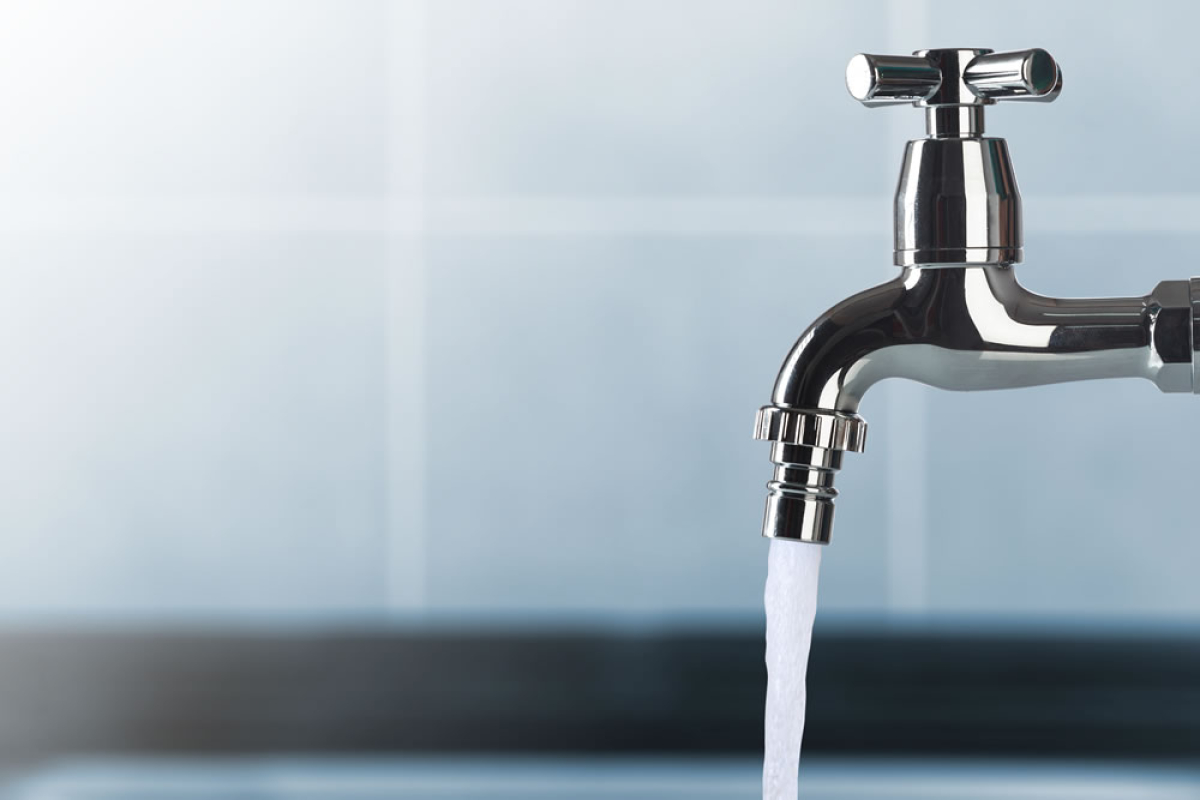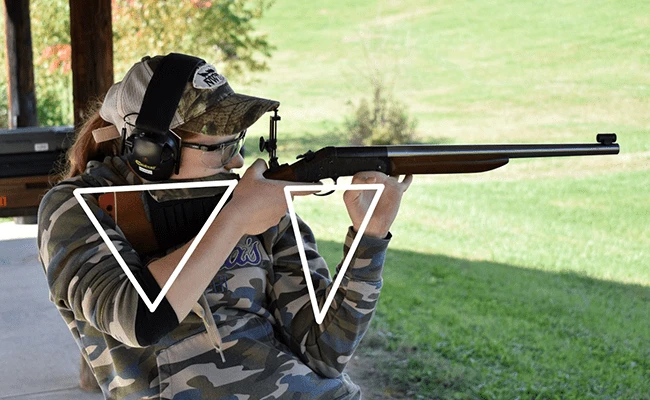The average cold water temperature from the tap in the UK typically ranges from 10-15 degrees Celsius. This range is influenced by factors such as geographical location, season, and local water supply conditions.
Further, it’s essential to note that variations may occur, and individual preferences and environmental factors can also affect how the temperature feels to users. For the most accurate and up-to-date information, individuals are encouraged to check with their local water supplier or relevant water regulatory authorities in the UK.
Why Water Temperature Matters?
Water temperature is crucial for various reasons. According to guidelines, it’s recommended to keep the water temperature below 10-15 degrees Celsius for aesthetic reasons. Higher temperatures can lead to increased odors due to the rise in the vapor pressure of certain elements in the water. While adjusting water temperature at treatment plants may not be practical, it’s vital to consider seasonal variations and how water cycles influence water availability.
Factors Affecting Cold Water Temperature

The temperature of tap water in the UK during winter can vary depending on several factors. Different regions with diverse climates will experience variations in the cold water temperature, with proximity to large bodies of water like oceans or lakes helping to moderate temperatures. Generally, tap water tends to be colder during the winter months and warmer during summer due to changes in air temperature and sunlight exposure. The source of the water, whether from underground aquifers, rivers, or reservoirs, also plays a role, with deep groundwater typically having a more stable temperature compared to surface water.
Additionally, the distance water travels through pipes, the materials used in infrastructure, and human activities such as heavy demand or industrial effluent discharges can all influence tap water temperature. Long-term climate change patterns may further impact water temperatures over time. Regulatory measures may also exist to ensure the cold water supply remains within an acceptable temperature range for consumer safety and comfort.
Measurement and Monitoring of Water Temperature
We use special sensors to check the temperature of water at different places in the pipes and tanks where water moves. These sensors help us keep track of how hot or cold the water is. We also have machines that continuously write down this information. Sometimes, we even use fancy technology like satellites to help us see the temperature of water from far away.
Furthermore, we take small samples of water from different places to make sure our sensors are correct and to see if the temperature changes in some places. If the water gets too hot or too cold, we have machines that tell us right away so we can fix any problems. We always make sure our machines are working correctly by checking them often. We also look at how clean the water is and how hot or cold it is together, so we know if the water is safe to use.
In addition, we use special maps to show where the water is hotter or colder in different places. We look at the temperature of water from a long time ago to see if it’s changing a lot. We follow rules and make sure we tell everyone if there’s a problem with the water. And finally, we have plans for what to do if something goes wrong, like if the water gets too hot or too cold suddenly.
Optimal Temperature Settings for UK Combi Boilers
For a UK combi boiler, it’s recommended to set the hot water temperature to around 50-60 degrees Celsius. The radiators can be set at 75 degrees Celsius for coal-fired boilers. Combining a water heater and central heating unit, a combi boiler heats water directly from the mains supply, eliminating the need for storage.
If you’ve adjusted the temperature dial on your combi boiler, ensure you turn it off and let it cool before making any changes. Some combi boilers have separate temperature settings for hot water and heating. If there’s a thermostat fault, your home might not get the right temperature readings.
Moreover, to save energy and money, consider setting your boiler’s thermostat to around 75 degrees Fahrenheit. This can be done by turning off hot water when not needed and setting the timer for heating at the most effective times. Flow rates for a typical combi boiler should be between 10 and 11 liters per minute.
Furthermore, when it comes to upgrading your boiler, there are affordable and efficient combi boilers available. While boiler repairs may seem costly, having boiler insurance can ease the financial burden. It’s important to strike a balance between the optimal temperature for comfort and energy efficiency, Another thing is that, if you need to balance the financial burden, you can go for Boiler Repairs R Us is cost-effective reliable, and friendly.
Ensuring your boiler operates effectively in both hot and cold weather.
Mains Water Temperature

Mains water temperature is the temperature of the water that comes out of our taps. Typically, it’s around 10-15 degrees Celsius.
Why Water Temperature Matters
Water temperature is crucial for various reasons. According to guidelines, it’s recommended to keep the water temperature below 15 degrees Celsius for aesthetic reasons. Higher temperatures can lead to increased odors due to the rise in vapor pressure of certain elements in the water. While adjusting water temperature at treatment plants may not be practical, it’s vital to consider seasonal variations and how water cycles influence water availability.
Impact of pH and Climate Change
The pH level of water also plays a role. When the pH is above 8.5, chlorine’s ability to kill bacteria doubles. Additionally, climate change affects water-related aspects, like increased evaporation and potential threats to coastal water infrastructure.
Mains Water Temperature in the UK
In the UK, mains water is distributed through pipes and maintains a temperature range of 5 to 20 degrees Celsius throughout the year. While there might be a slight variation, the temperature generally stays within this range.
Feeling Cold Water
Feeling how cold water is can be influenced by factors like ambient temperature. For example, cold water might feel colder in a humid indoor environment compared to being outside in cold, windy weather.
Temperature Guide
- Cold water: around 60 degrees Fahrenheit (15.55 degrees Celsius)
- Room temperature water: around 78 degrees Fahrenheit (25.55 degrees Celsius)
- Cold beverages like iced coffee or iced tea: around 32 degrees Fahrenheit (0 Celsius).
FAQs
What temperature does cold water come out of the tap?
Cold tap water typically comes out at around 60 degrees Fahrenheit (15.55 degrees Celsius).
How cold is tap water in winter in the UK?
Tap water temperature in the winter months in the UK typically ranges from around 4 to 10 degrees Celsius, depending on various factors such as location and weather conditions.
What is a good temperature for cold water?
The best temperature for drinking cold water is around 6°C (43°F) for maximum refreshment.
What temp should tap water be?
The ideal temperature for domestic hot water is 120 degrees Fahrenheit (49 degrees Celsius) to avoid scalding.
Why is cold water tap warm?
Reasons for warm cold water may include excessive water pressure, close proximity of pipes, recirculating plumbing, improper installation, or the heating effect.
Is tap cold colder than just cold?
“Tap cold” uses water as it comes from the tap, potentially 50°F or colder, while “cold” mixes hot water to achieve a standard temperature.
Is 40°C cold water?
No, 40°C is not considered cold water; it falls into the category of a warm wash, effective for removing tougher stains.
Conclusion
To sum up, the UK takes great care in regulating and maintaining a comfortable cold water temperature from taps, ranging from 10-15 degrees Celsius. Governed by the Drinking Water Inspectorate (DWI), this ensures safety and satisfaction for consumers. If ever unhappy with the tap water temperature, reaching out to the local water supplier is the solution, reflecting a joint effort to uphold established standards.
Further, considering seasonal changes and specific regulations for different uses, it’s clear that a comprehensive approach is in place for effective water distribution. This commitment not only aligns with high-quality standards but also ensures a reliable and excellent tap water supply across the UK. In essence, when you turn on the faucet, you can trust in a safe, comfortable, and top-notch water experience.











